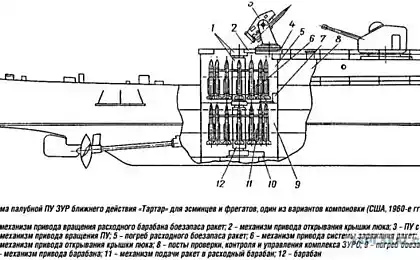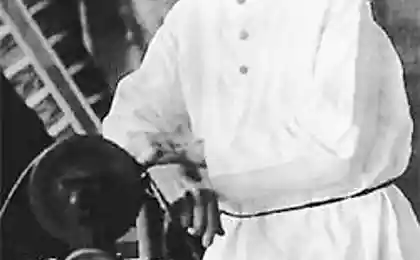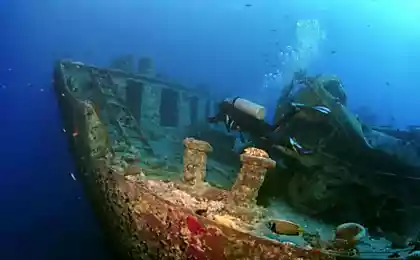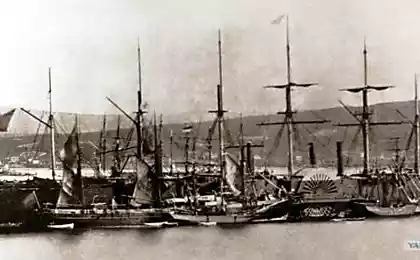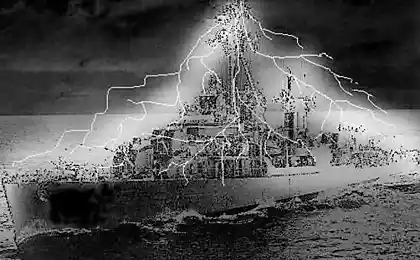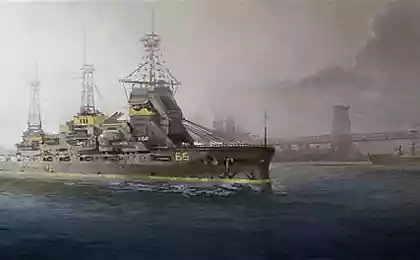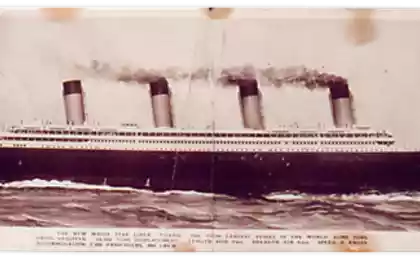617
Man was able to survive almost three days inside the sunken ship
Resourcefulness and wonder vezeniya
In May this year the tug with a crew of 12 people, to transport the oil tanker in the Atlantic Ocean off the coast of Nigeria, about half past four in the morning capsized due to strong waves and sank. When the ship went under the water, the ship's cook Harrison Oken was in the bathroom, and, unlike other members of the team trapped in the cabins as a precaution because of the activity of pirates in these waters, he managed to survive.
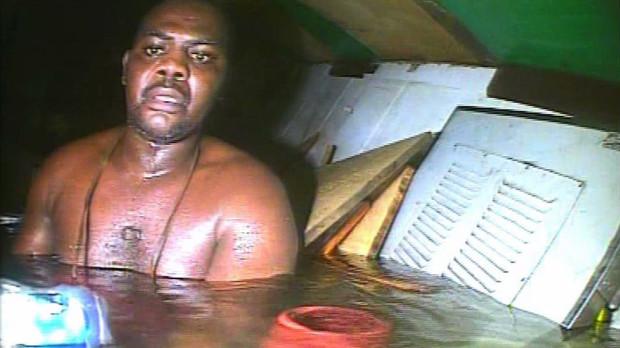
After tipping Oken was able to get to the engine room, where he found a small amount of air (the so-called air bag). Cocu was lucky to find a bottle of "Coca-Cola" and a life jacket with two small flashlights, but found the cavity was not too large (about 6 m3 in volume), so at times it was close to despair, realizing that the air may soon end. Besides, every minute of your stay in the cold ocean water increased the risk of hypothermia, and if the concentration of carbon dioxide in the air bag has reached 5%, death would be inevitable.
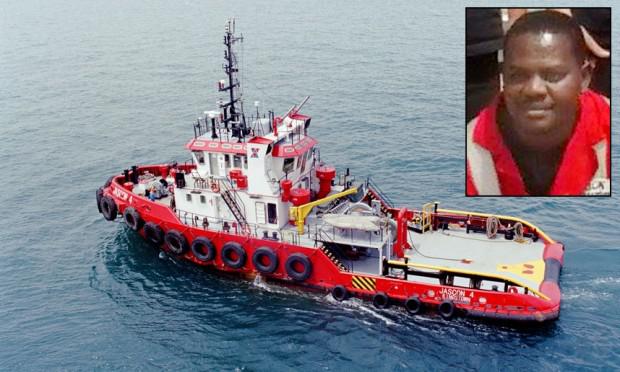
The physicist and amateur diver Maxim Umansky from Lawrence Livermore National Laboratory says that Harrison saved by the fact that the water is able to absorb CO2 from the air. In addition, the air in the bag has been compressed, so it was quite enough for quite a long time, and hypothermia was avoided thanks to chef erected a floating floor, which sustained him just above the water level. According to the calculations of the rescuers who found him, the cook had a submerged captive about 60 hours, although he lost track of time.
Oken's case - is not the only example of the amazing survival of people under water. In 1991, a diver Michael Proudfoot in the study of the sunken off the coast of California ship damaged its apparatus air, and before the man rescued, he had to spend two days in the air bag, eating sea urchins and quench your thirst with fresh water from the found on a ship container.
via factroom.ru

In May this year the tug with a crew of 12 people, to transport the oil tanker in the Atlantic Ocean off the coast of Nigeria, about half past four in the morning capsized due to strong waves and sank. When the ship went under the water, the ship's cook Harrison Oken was in the bathroom, and, unlike other members of the team trapped in the cabins as a precaution because of the activity of pirates in these waters, he managed to survive.

After tipping Oken was able to get to the engine room, where he found a small amount of air (the so-called air bag). Cocu was lucky to find a bottle of "Coca-Cola" and a life jacket with two small flashlights, but found the cavity was not too large (about 6 m3 in volume), so at times it was close to despair, realizing that the air may soon end. Besides, every minute of your stay in the cold ocean water increased the risk of hypothermia, and if the concentration of carbon dioxide in the air bag has reached 5%, death would be inevitable.

The physicist and amateur diver Maxim Umansky from Lawrence Livermore National Laboratory says that Harrison saved by the fact that the water is able to absorb CO2 from the air. In addition, the air in the bag has been compressed, so it was quite enough for quite a long time, and hypothermia was avoided thanks to chef erected a floating floor, which sustained him just above the water level. According to the calculations of the rescuers who found him, the cook had a submerged captive about 60 hours, although he lost track of time.
Oken's case - is not the only example of the amazing survival of people under water. In 1991, a diver Michael Proudfoot in the study of the sunken off the coast of California ship damaged its apparatus air, and before the man rescued, he had to spend two days in the air bag, eating sea urchins and quench your thirst with fresh water from the found on a ship container.
via factroom.ru
In fact, deodorants invented in Ancient Egypt
According to the theory of wormholes, they can be easy to get to any place in the universe


